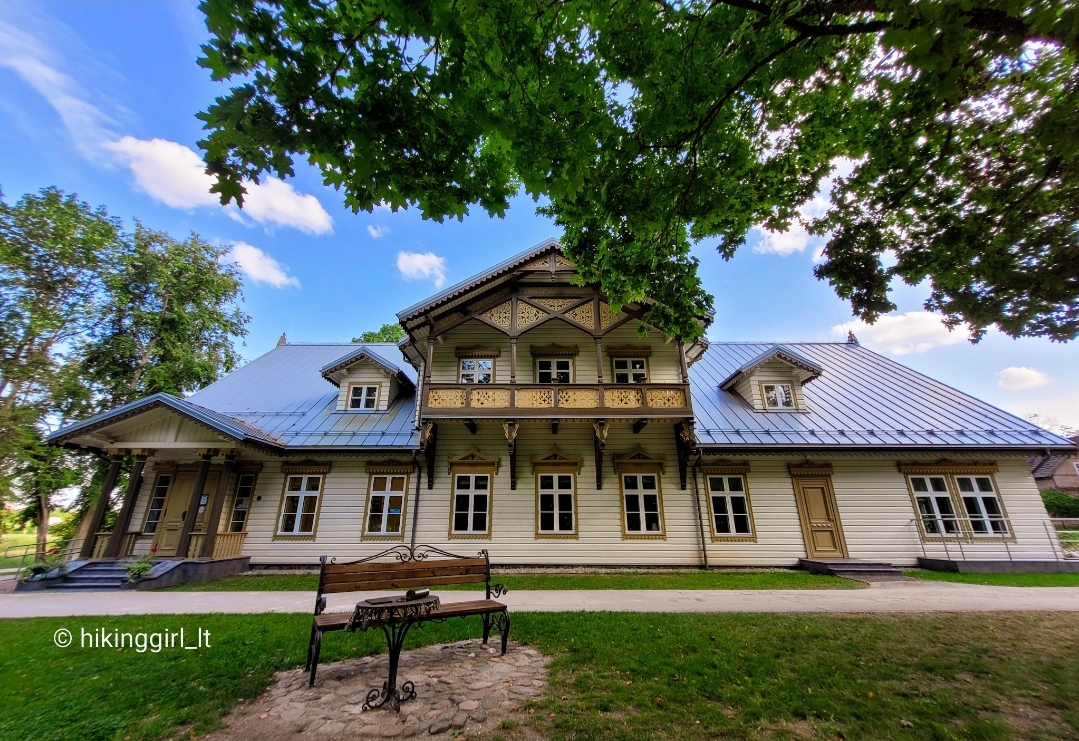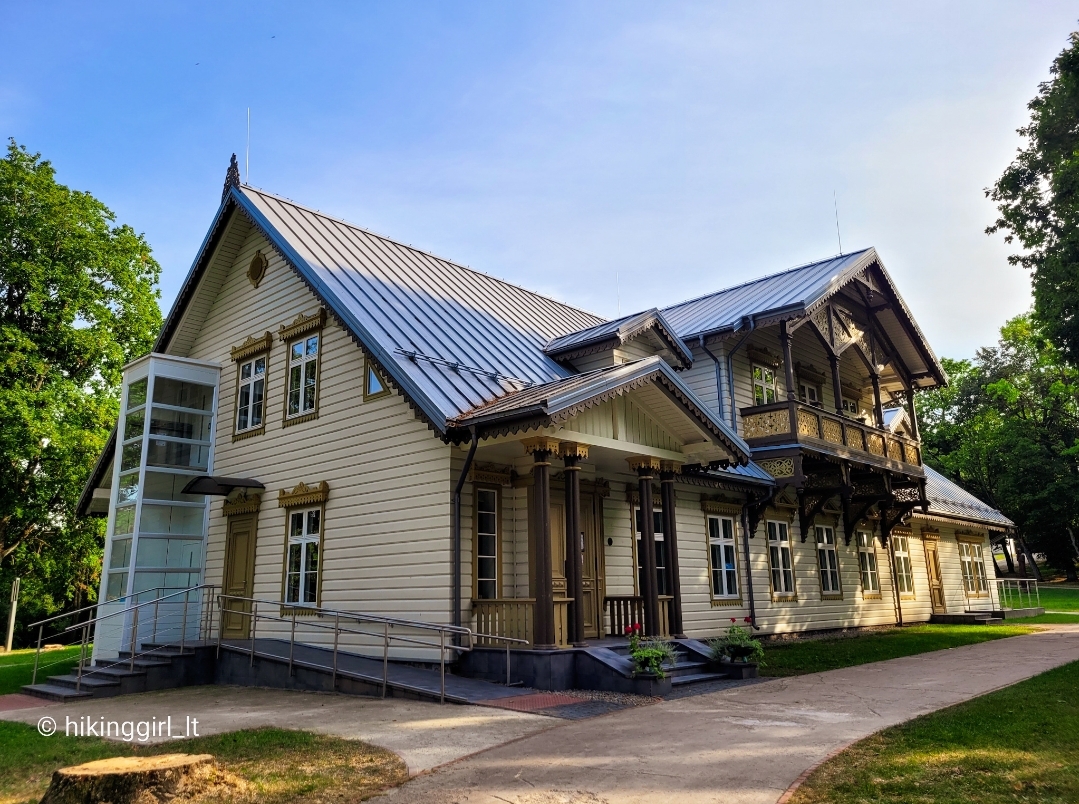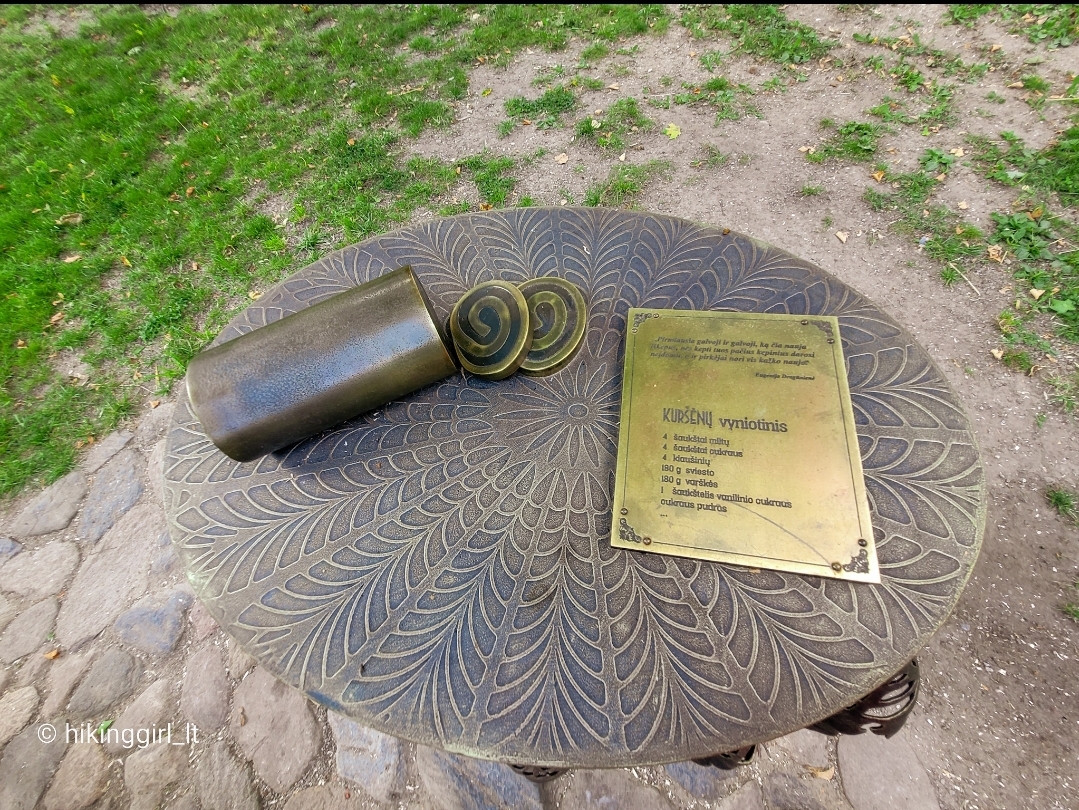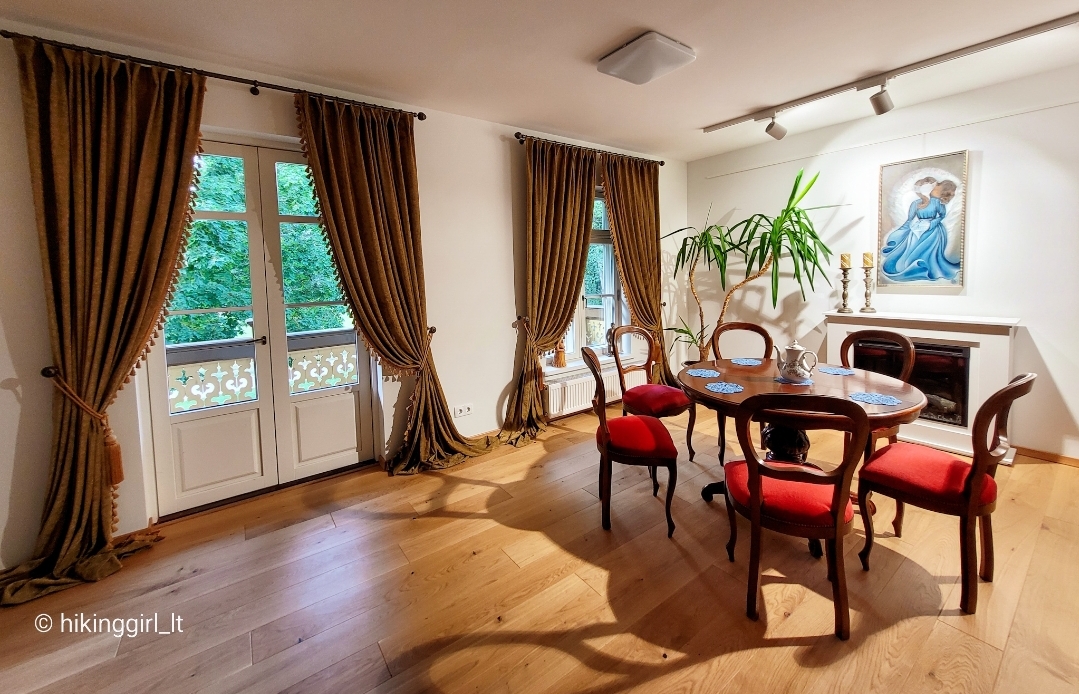The Kuršėnai Manor

229

2

1
The Kuršėnai Manor is an exceptional example of wooden manor architecture in the Šiauliai region, famous for its authentic elements such as wooden stairs, window frames, and wooden exterior doors. The manor’s history dates back to 1564 when it was granted to Jurijus Despot Zinovičius. Later, the manor became the property of the Grand Duchy of Lithuania’s treasurer S. Paca, and in the late 18th century, it was renovated. After World War I, the manor was damaged, but it flourished in the interwar period, especially due to progressive farming. Today, the Kuršėnai Manor grounds house the Šiauliai District Municipality Ethnographic Culture Center, which showcases the regional cultural and traditional crafts heritage.
Info
-

Manors
-
Kuršėnai

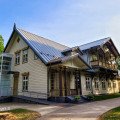
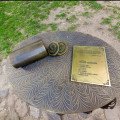
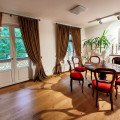

 Entertainment
Entertainment
 Food establishments
Food establishments





























 56.000019, 22.932836
56.000019, 22.932836
 Get directions
Get directions









